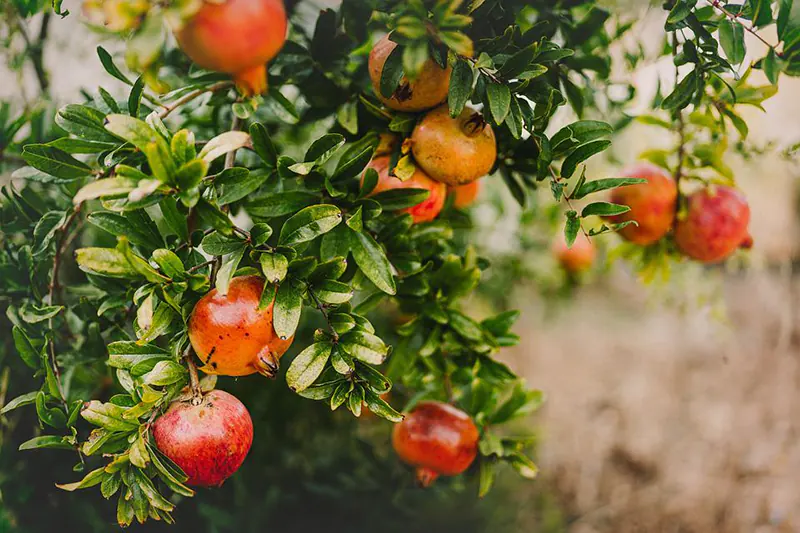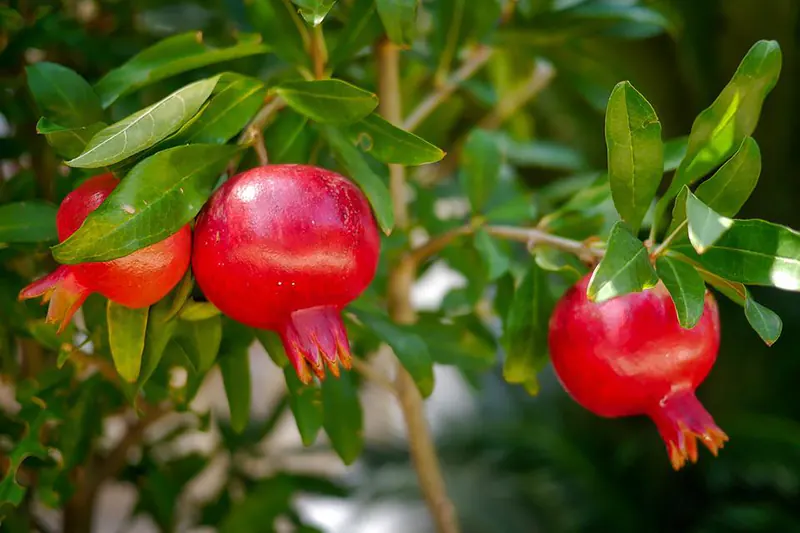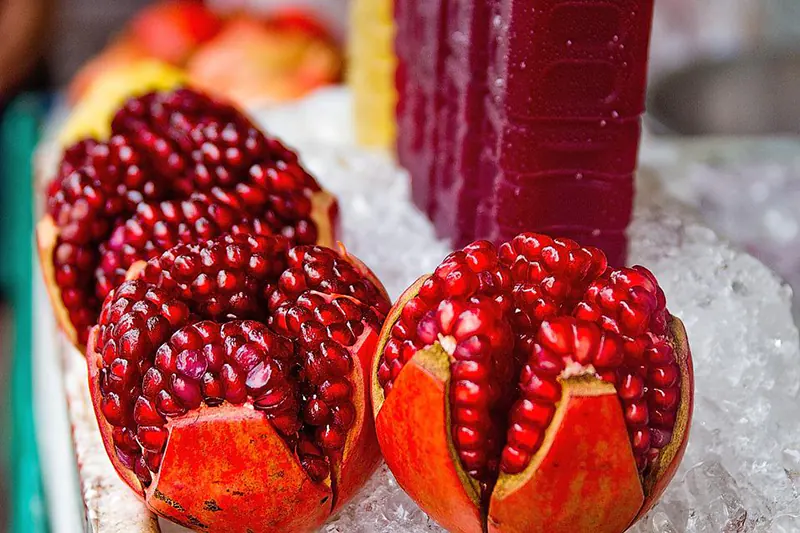How To Prune a Pomegranate Tree
Pruning is a simple task for many, once you know when and how to prune the tree you’re growing. Cutting leaves too close to the stem or removing strong branches during the winter can harm different plants and bonsai. Yet this process is as vital to growing any tree as the soil it’s planted in or the germination of its seeds.
This guide will explain the ins and outs of growing and pruning your pomegranate tree. With a little guidance, you’ll be one step closer to a successful bonsai or garden pomegranate tree.

The Importance Of Pruning
Pruning isn’t necessary for every tree, and while the pomegranate can survive without it, pruning is useful in any gardener’s toolbox. Dead branches can hinder growth and attract diseases. Pruning the dead branches off is a great start to improving your plant’s well-being.
Pruning a pomegranate tree helps promote better limb growth and improves its ability to produce fruit. We highly recommend a more aggressive pruning during the tree’s early years.
There are four types of pruning.
- Topping: A harsh process that cuts many of the tree’s branches down to its trunk. This method is primarily used for shaping and helping a tree grow in the way you desire.
- Thinning: The process of removing a branch at its connection to the limb or trunk. This process improves light reception and helps you manage the tree’s growth.
- Raising: A small process that helps maintain and trim low-hanging branches. Primarily done to keep the branches away from anything that can harm or get harmed by the limb. For pomegranate trees, this helps keep fruit away from pests and animals.
- Reduction: Trimming a tree’s volume down, often for space or safety reasons.

How To Grow And Care For Your Own Pomegranate Tree
As a deciduous broadleaf tree, the pomegranate tree is well known for the fruit it produces. However, from seed or cutting to a full fruit-bearing tree takes time, care, and pruning. Here are all the steps you need to know to grow a healthy tree.
Step 1: Starting your tree
You can start pomegranate trees from seeds and cuttings. Using your own cuttings from prunings to propagate a new tree is a great way to maximize your time. Growing your own pomegranate tree from a cutting or seed is easy.
Cuttings
Cuttings should be 8-10 inches long and around 1/4th an inch in diameter. Plant this cutting with the exposed end into loamy or well-draining soil. The top node of the cutting needs to be above the soil and exposed to plenty of sunlight during the day. Water regularly, every seven to ten days, until the soil is moist and is about to begin puddling. Use a fair amount of fertilizer before autumn and after the first has passed in winter.
Seeds
Seeds need to be germinated and planted. To germinate your pomegranate seed, clean it and plant it in a room-to-moderately warm area. Plant the seed ½ an inch deep into loose soil and water sparingly. This method can take over a month for the seeds to germinate, but the seeds may germinate sooner with extra warmth.
Step 2: Basic Care
Basic care is an important step to growing any tree; without it, you may harm the tree. Water your tree every seven to ten days for the best growth and fruit-bearing potential. You do not need to worry if the tree is exposed to heavy rainfall. Pomegranates can withstand a small amount of flooding, a great trait if you’re heavy-handed with a watering can.
Use fertilizer sparingly during the autumn and spring to late-winter seasons. Pomegranate trees need plenty of sunlight. Trees always prefer morning sunlight as the afternoon sun can be harsh on the leaves.
Step 3: Shaping
While all bonsai trees need to be shaped, the garden pomegranate tree needs support against strong winds and shaping from pruning for the best sunlight exposure. Using a firm but loose tie to a stick can help support the trunks and branches of your pomegranate trees. The material used to tie the tree should be soft and wide to not cut into the tree’s branches.
As a bonsai, you’ll need to trim branches and gently position the tree using wiring, carefully bending the tree into the desired shape. However, dwarf trees of this species do not take well to being shaped with wiring to alter their position.
Step 4: Pruning
Before pruning your pomegranate tree, ensure your tools are sharp and clean. Depending on the tree size, you may need a handsaw, but you will need pruning shears. When cutting a stem off, ensure the cut is as close to the connected branch as possible.
When growing large trees due to the pomegranate’s bush-like growth, we recommend wearing gloves and long-sleeve shirts to prevent scratching yourself while pruning. Misting the tree after pruning can help it recover faster. We recommend you prune your pomegranate tree near the end of winter after the risk of frost has passed.
If you’re looking to get more fruit from your tree, aggressive pruning that shortens the branches more will induce a better growth of buds and flowering, producing more fruit.
Step 5: Optional – Repotting
Depending on the tree you’re growing, whether it’s a garden or bonsai tree, you’ll report it differently. While young, the tree will need to be repotted and moved to a more permanent location if you’re growing it for the garden. However, bonsais must be repotted every two years, having their roots cleaned and trimmed every two years.

Growing The Best Fruit
If you’re looking to grow a pomegranate tree for its fruit, here are a few tips to help you get the juiciest fruit possible from the tree.
- For the first three years of its life, prune the tree more aggressively to promote stronger branches that can bear more fruit.
- Once the tree bears fruit, prune it to have one fruit every six inches. Doing this will encourage larger fruit and prevent branches from damaging each other when the fruit is heavy.
- Water the tree more often during summer to keep it hydrated and healthy throughout the heat.
Blossoming Growth
Fruit trees are among the best to grow, both as a regular garden tree and as bonsai. They require care and attention, but if you take the time for it, the pomegranate tree is rewarding to grow. The tree is a gorgeous green leafy sight given proper pruning and styling. Let us know what tree you’re growing and why you picked that species below.







